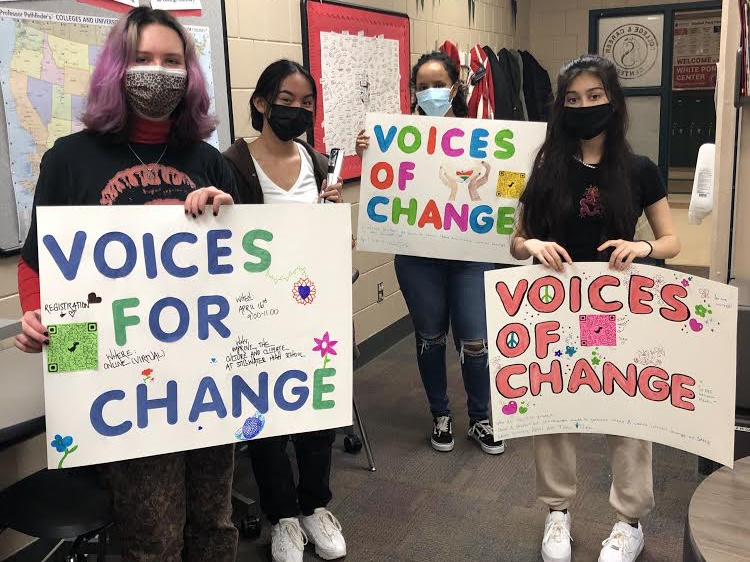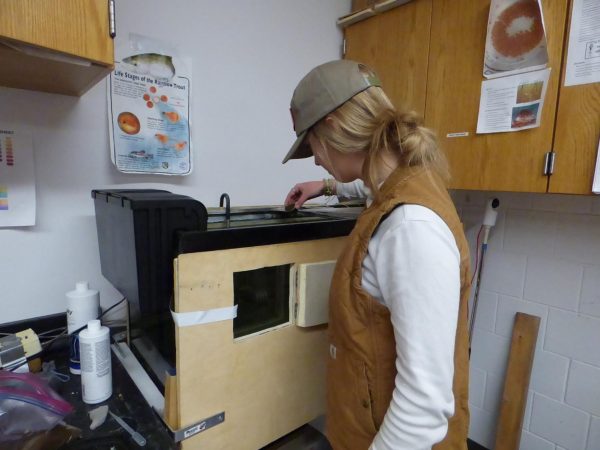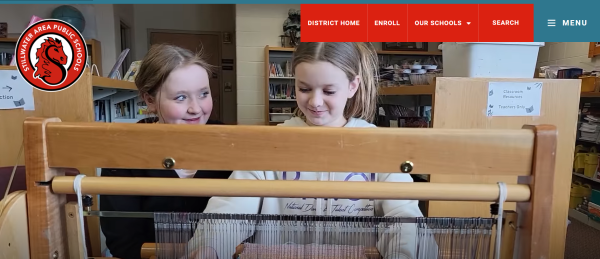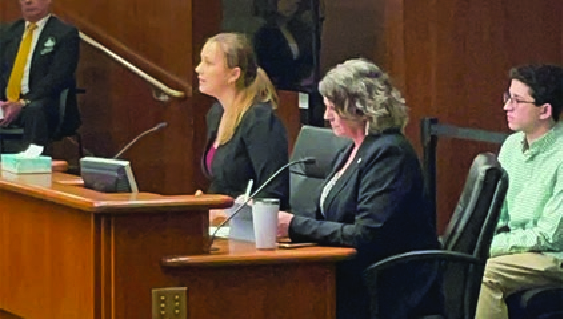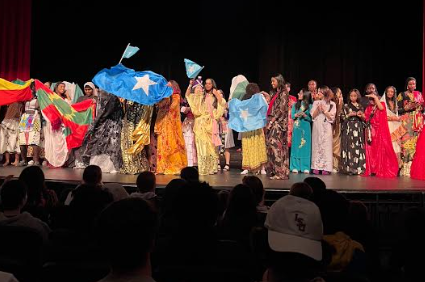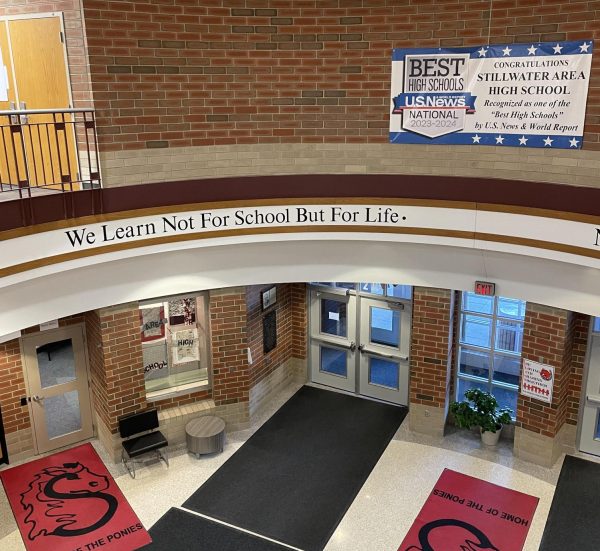Voices of Change conference impacts students
Photo submitted by Cornelius Rish
Students create posters to promote the Voices of Change virtual conference. These posters were put around the school to encourage students to attend.
May 28, 2021
Cultural Liaison Cornelius Rish and several other student leaders held a virtual conference called The Voices of Change conference on April 16. This was intended to openly communicate to school administration about issues that involve the school environment regarding racism, inequality, the structure of the curriculum and more.
Junior Rachel Dagbovie attended the conference and was able to discuss and learn about her experiences.
“During the conference, we brought up racial disparities in our school. We talked about the importance of having more BIPOC staff members so that students feel more comfortable,” Dagbovie said. “We also discussed what it feels like to be a BIPOC student in a predominantly white school and the challenges we face. We focused on solutions to these challenges.”
Many students gathered and shared their thoughts about important topics and gathered new perspectives about real-world issues. This was an opportunity for students to learn more from their peers and their experiences, as well as listening to people and their conversations.
Dagbovie heard similar ideas regarding racism. “A big issue we addressed is racism. Many BIPOC students, including myself, have witnessed a plethora of incidents that have been pushed under the rug by the administration.”
The energy around a school environment is crucial, especially to discuss the impact school communities can have on students of color. It’s important to understand and see how these ideas are connected, since school should be a safe environment for students to be comfortable in. The Voices of Change virtual conference not only discussed topics of racism and culture but also how a school setting can contribute to negative things regarding those topics.
“The school’s actions toward this act of change could very much change the relationship they have with the BIPOC students of the school because there will students who will be more willing to come to the staff about these issues,” sophomore Faith Yang said.
It’s important to focus on these issues especially with all the social injustices going on in the world. We need to amply the voices of our POC students and make them feel heard particularly because they also feel ignored outside of school.
There has been evidence of disparities in school along with education and income gaps. For instance, teachers might be less likely to spot Black students who excel academically. Data from an Early Childhood Longitudinal Study found that colleagues found Black students 54 percent less likely than white students to be recommended for gifted education programs, after adjusting factors such as standardized test scores. The outcomes impact how students learn greatly, which is why it is important to focus on these issues.
“It’s important to keep students educated about these sensitive topics because once they graduate and go out into the world, they’ll likely interact with people with different experiences and points of view, hence why it’s important for them to hear diverse voices and learn how to be open and compassionate,” Dagbovie explained.
According to data from the CDN, students of color are often concentrated in schools with fewer resources. Because schools with 90 percent or more students of color spend about $733 less per student per year than schools with 90 percent or more white students. These kinds of statistics show how schools have a divide, and because of these divides, it has major effects on students of color. Together students can work together on these issues to have a better idea moving forward can change our community.
“The school could help by announcing and spreading the word with just as much enthusiasm as the SLC at Stillwater is giving,” Yang said.
The importance of listening and amplifying the voices of the BIPOC student community is the first step people can take. As a whole, to take action and spread awareness creates changes for the better in the community and school.


